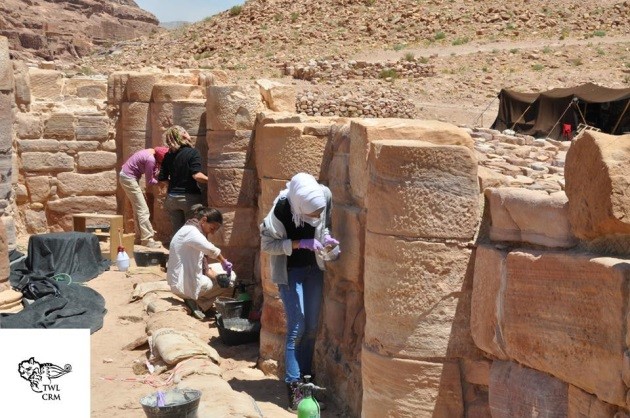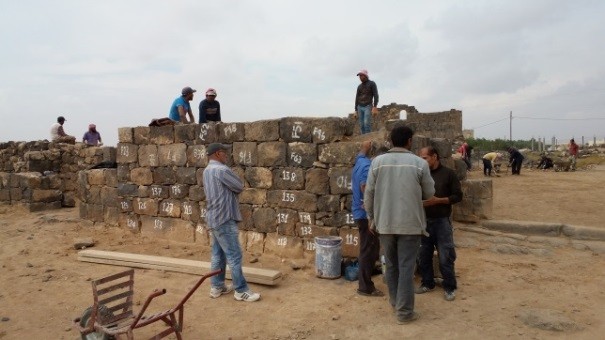Background

Jordan hosts a vast number of archaeological sites that serve as important cultural heritage resources (CHRs) for the country. Aside from the most well-known tourist attractions and World Heritage Sites, these include numerous lesser-known locations that hold tourism potential if developed sustainably. Many such locations are located within underserved areas and poverty pockets outside of Amman, presenting the opportunity to develop the local economy. Unfortunately, many such communities lack the capacity and resources to capitalize on the tourism potential of these sites.
Project overview
USAID’s Sustainable Cultural Heritage through Engagement of Local Communities Project (SCHEP) aims to enable communities to preserve cultural heritage resources and market them to both international and domestic visitors. This is achieved through site development projects that engage communities in preserving, managing, and promoting these sites in a manner that ensures their viability as long-term resources.
Many of Jordan’s cultural heritage resources are located within underserved areas where local communities are unable to capitalize on their tourism potential. SCHEP targets eight locations in Jordan, working closely with the communities to develop their ability to preserve, manage, and promote these cultural heritage sites.
Working closely with the Ministry of Tourism and Department of Antiquities, SCHEP builds skill sets, knowledge and tools for adherence to best practices in site preservation and presentation, sustainable promotion, and management. Working with stakeholders ranging from the communities around CHR sites, to faculties at Jordanian universities, to archeologists, tour guides, and operators, the SCHEP project works to build and strengthen a collaborative community of practice that convenes regularly to merge tourism promotion and cultural heritage preservation. Simultaneously, SCHEP works with key tourism promotion stakeholders to increase the visibility of specific sites, with the ultimate goal of increasing tourism and bringing economic benefits to the communities surrounding these important cultural heritage resources.
Activities
- Providing small scale grants to specific projects that will bolster the Department of Antiquities’ capacity.
- Building a strong Jordanian heritage community of practice by increasing best practices in site preservation, conservation, management, and tourism promotion through workshops, course work and practicums with hands-on experience in CHR development.
- Building synergies with and outreach to relevant governmental departments, institutions, and professional associations for improved preservation and protection practices in marketing sustainable tourism of Jordan’s CHRs.
IMPACT

- The five SCHEP-supported sites for 2015 are Ghor al-Safi (Karak), Busayra (Tafila), Umm al-Jimal (Mafraq), Bir Mathkour (Wadi Araba), and the Temple of the Winged Lions (Petra). SCHEP expects to support seven more sites in 2016.
- Engage host community members in CHR promotion and management. Nearly 100 individuals, including large numbers of local youth, have received hands-on training in CHR best practices across the five SCHEP sites.
- Job creation and better employment for CHR host communities. SCHEP sites have generated 65 employment opportunities in rural areas and focused especially on local youth (60%). By 2018, SCHEP expects to create 1,200 community-based job opportunities around CHR sites, with a focus on youth (75%) and women (47%) employment.
- Inaugurated the Jordan Heritage Consortium (JHC) to facilitate communication and collaboration among Jordan’s cultural heritage professionals. The JHC’s initial meeting in October 2015 brought together representatives from the government, universities, and foreign institutes to discuss key challenges and areas of cooperation.
- Completed comprehensive assessments to support CHR capacity building and training for the staff of the Department of Antiquities, as well as the faculties and students of Jordan’s five public universities.







Comment
Make a general inquiry or suggest an improvement.